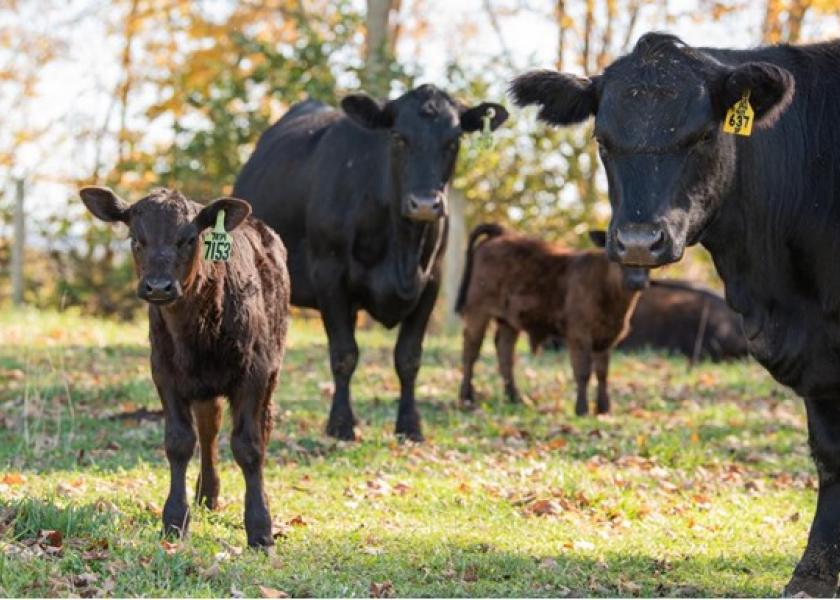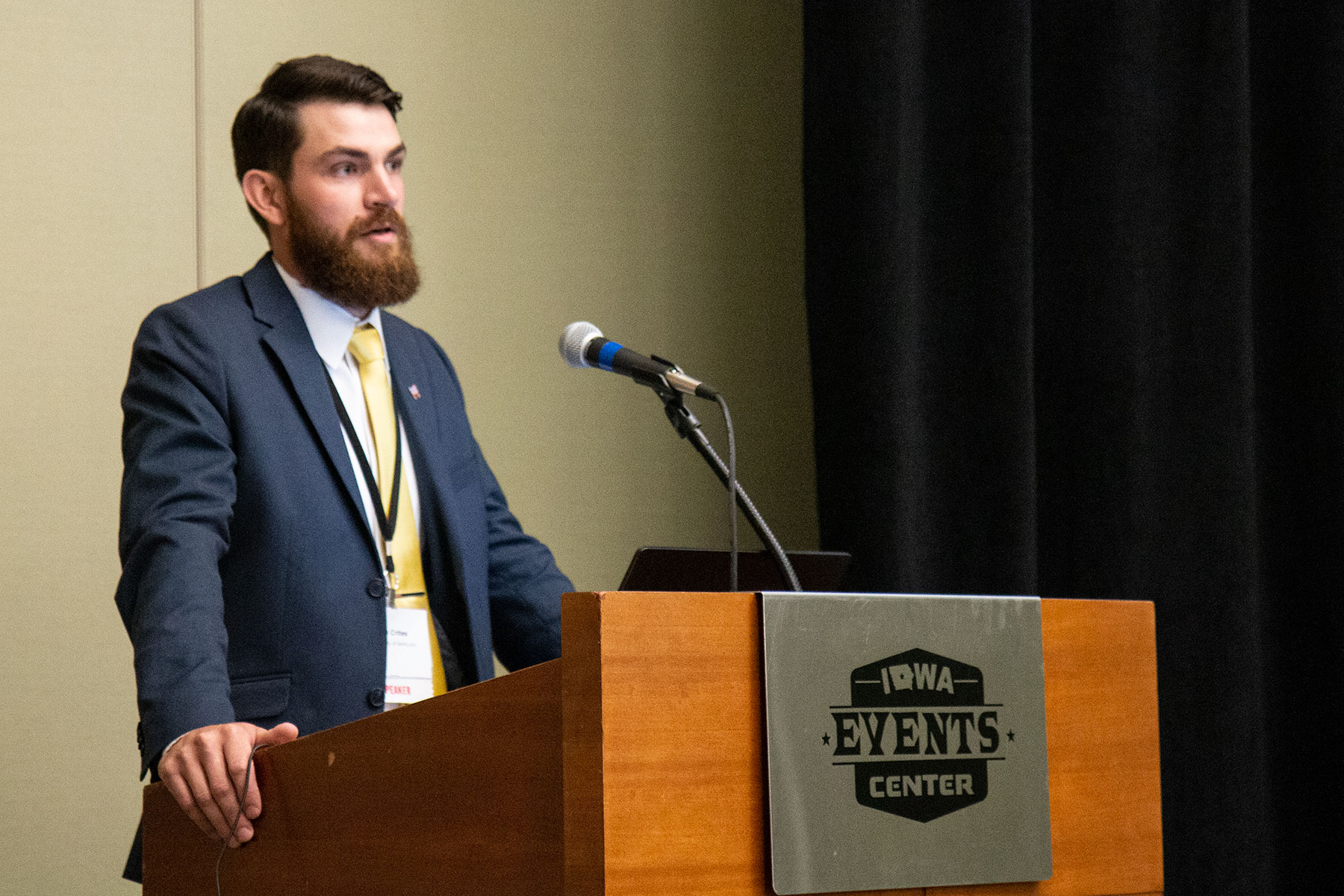Economic Impact of Increased Cow Milk Production

Since 1972, there has been an increasing trend for the Milk expected progeny difference (EPD) within the Angus breed. Is this trend of increased Milk EPD a benefit or burden for producers? Ben Crites, University of Kentucky Extension Associate and graduate research assistant, set out to answer this question during the Beef Improvement Federation (BIF) Symposium on June 23 in Des Moines, Iowa.

Crites explained his findings from his graduate study, “Determining the level of milk production of cows sired by bulls with known Milk EPD.”
The cost of extra milk production
Previous research has indicated a wide range in the efficiency of milk production; in terms of the amount of milk required to produce an additional pound of calf at weaning. Research has also demonstrated that increased milk production results in increased weaning weight. But what does that extra milk cost? It is important to understand how many pounds of feed would be required to produce the additional milk that would result in an additional pound of calf weaning weight. Ultimately, it is critical to determine what will the cost of this increased production be.
“How much is that extra pound of calf worth? There are two ways to improve the cost of milk production from an efficiency standpoint:1) reduce the number of pounds of feed that are required to produce an additional pound of milk and 2) reduce the pounds of milk that are required to produce an additional pound of calf,” Crites explained.
Milk production study
The objectives for the study were to determine the association of Milk EPD and Total Maternal Index with daughter’s milk production of current genetics, to calculate the appropriate economic factor for milking ability in selection indices, to evaluate the milk components of current genetics and to investigate the relationship of Milk EPD and Total Maternal Index with adjusted 205-day weaning weights. The two-year project utilized multiple university herds from the University of Kentucky (UK), Virginia Polytechnical Institute (VT), and North Carolina State University (NCSU). Within herds, multiple sires and breeds of sires (Angus, Hereford and Simmental) were represented. The project utilized a weigh-suckle-weigh protocol to estimate 24-hour milk production and data were collected at three time intervals during lactation (45, 90 and 135 days).
“The Total Maternal Index predicts the dam’s contribution to the weaning weight performance of her calves due to her growth and maternal ability,” Crites said.
Why does it matter?
It is important to provide the cow with the added energy required to produce the additional milk so the body condition score (BCS) will not be lowered. A decrease in BCS could result in reduced reproductive performance, an increase in the number of open cows in the herd and ultimately lower potential revenue.
To watch Crites’ full presentation, visit https://youtu.be/qoWyQyl6IjU. For more information about this year’s Symposium and the Beef Improvement Federation, including additional presentations and award winners, visit BIFSymposium.com.







